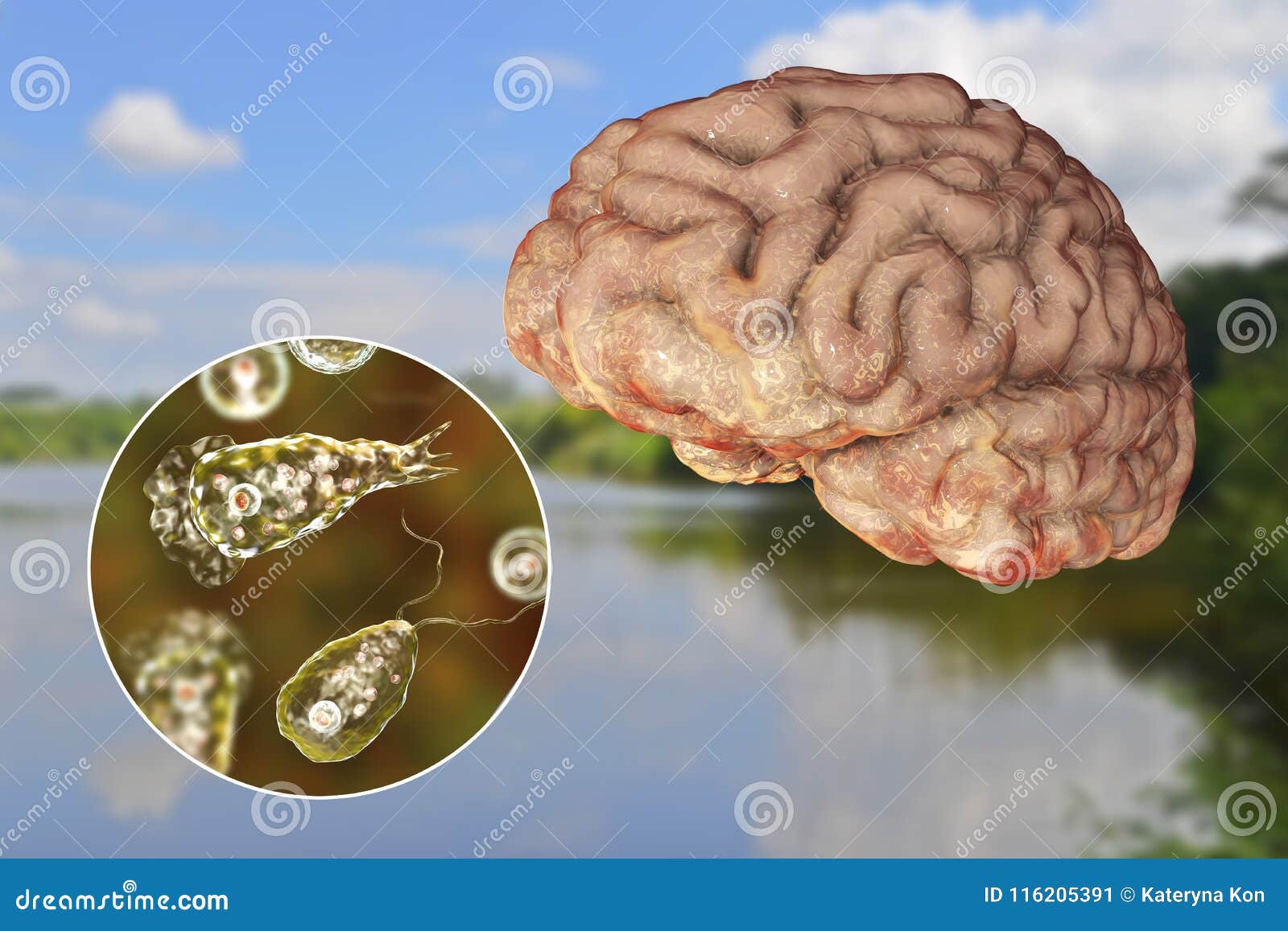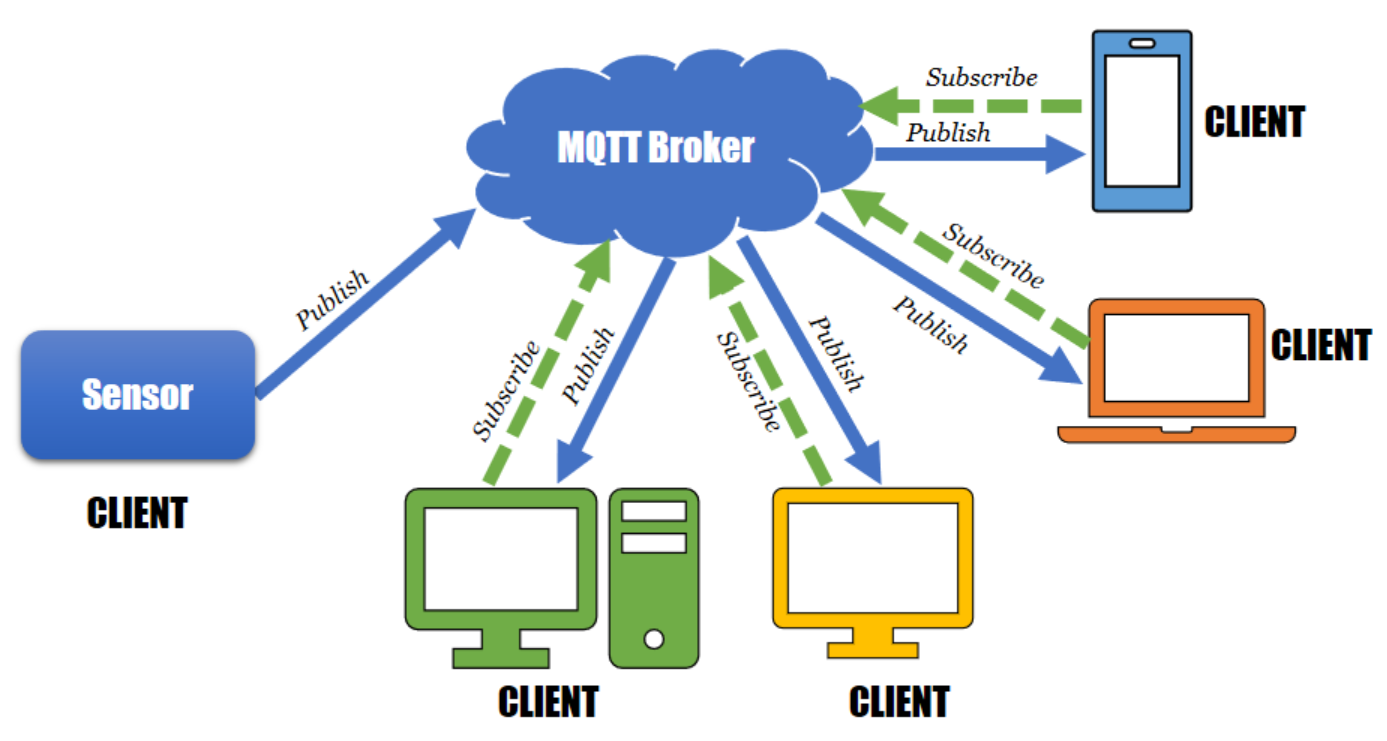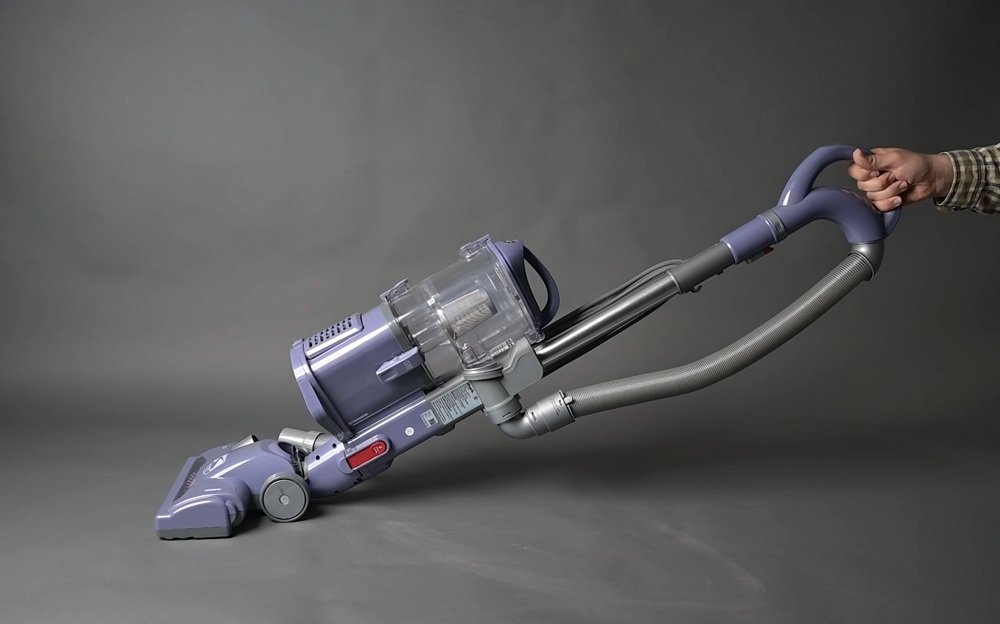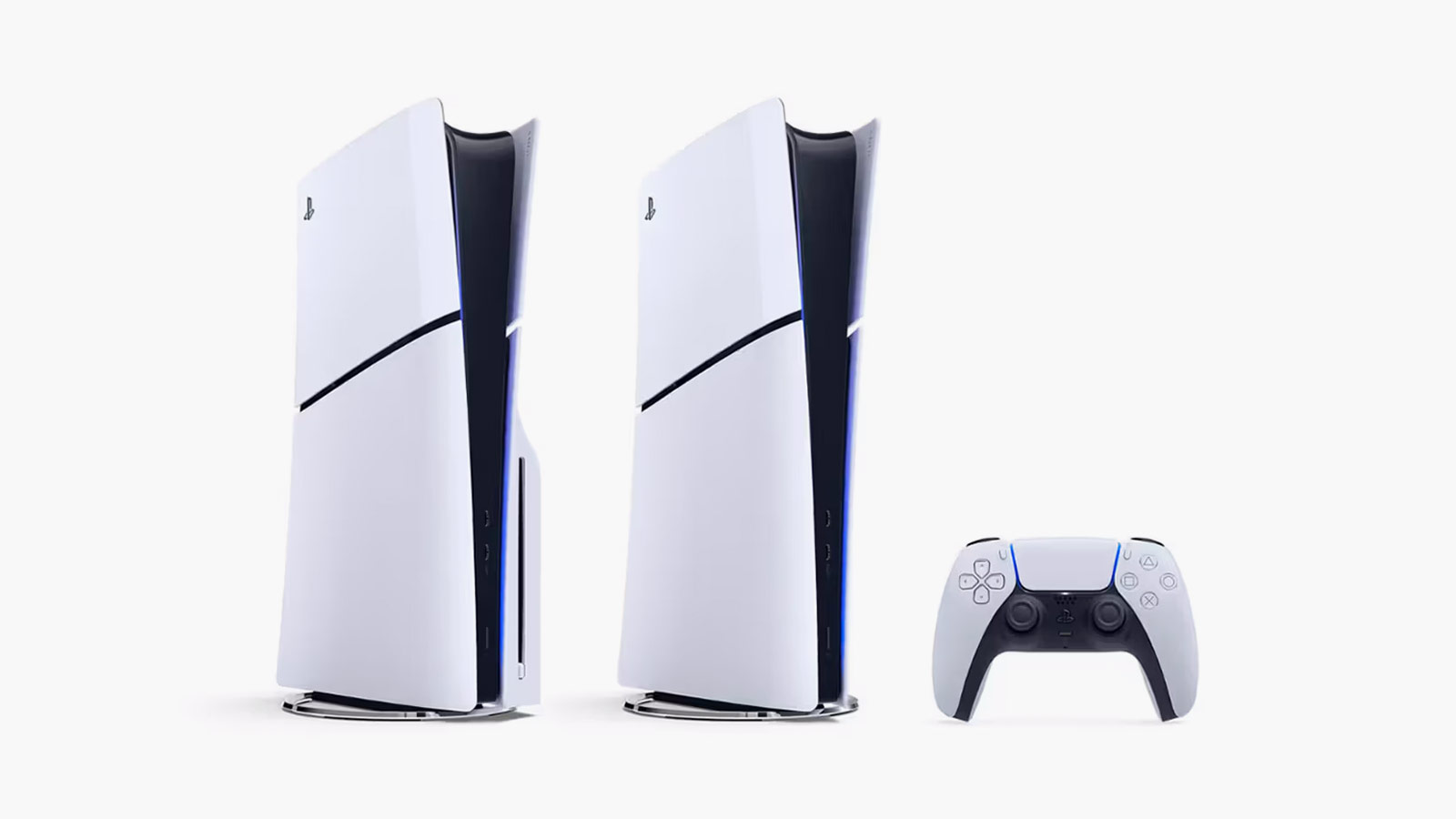Brain-Eating Amoeba - A Rare but Deadly Infection

A brain-eating amoeba is a rare but deadly infection of the brain that is caused by a single-celled organism called Naegleria fowleri. The amoeba is found in warm, fresh water, such as lakes, rivers, and ponds. It can enter the body through the nose when people swim or dive in contaminated water. Once inside the body, the amoeba travels to the brain, where it destroys brain tissue.
Symptoms of Brain-Eating Amoeba
The symptoms of brain-eating amoeba typically develop within 1 to 12 days after infection. The most common symptoms include:
- Headache
- Fever
- Nausea
- Vomiting
- Stiff neck
- Seizures
- Coma
Diagnosis of Brain-Eating Amoeba
Brain-eating amoeba can be diagnosed with a spinal tap. A spinal tap is a procedure in which a needle is inserted into the spinal canal to collect a sample of cerebrospinal fluid. The cerebrospinal fluid is then tested for the presence of the amoeba.
Treatment of Brain-Eating Amoeba
There is no cure for brain-eating amoeba. However, there are some treatments that can help to improve the symptoms and prolong life. These treatments include:
- Antibiotics
- Antifungal medications
- Steroids
- Surgery
Prevention of Brain-Eating Amoeba
There are no surefire ways to prevent brain-eating amoeba, but there are some things you can do to reduce your risk of infection:
- Avoid swimming or diving in warm, fresh water, especially during the summer months.
- If you do swim or dive in warm, fresh water, wear a nose clip to prevent water from entering your nose.
- If you experience any of the symptoms of brain-eating amoeba, seek medical attention immediately.
Brain-eating amoeba is a rare but deadly infection. There is no cure for the infection, but there are some treatments that can help to improve the symptoms and prolong life. The best way to prevent brain-eating amoeba is to avoid swimming or diving in warm, fresh water.











Comments ()